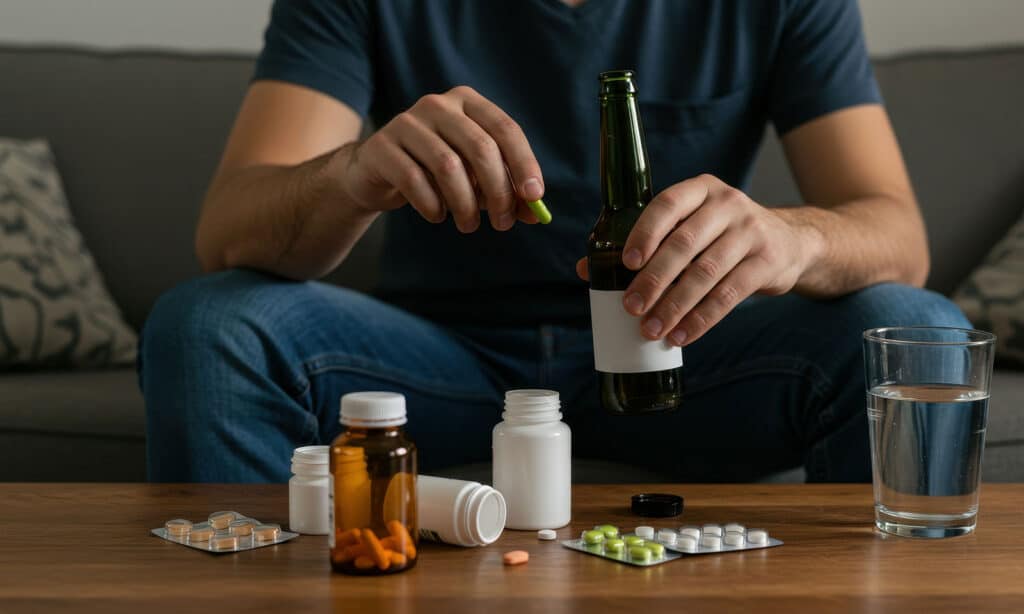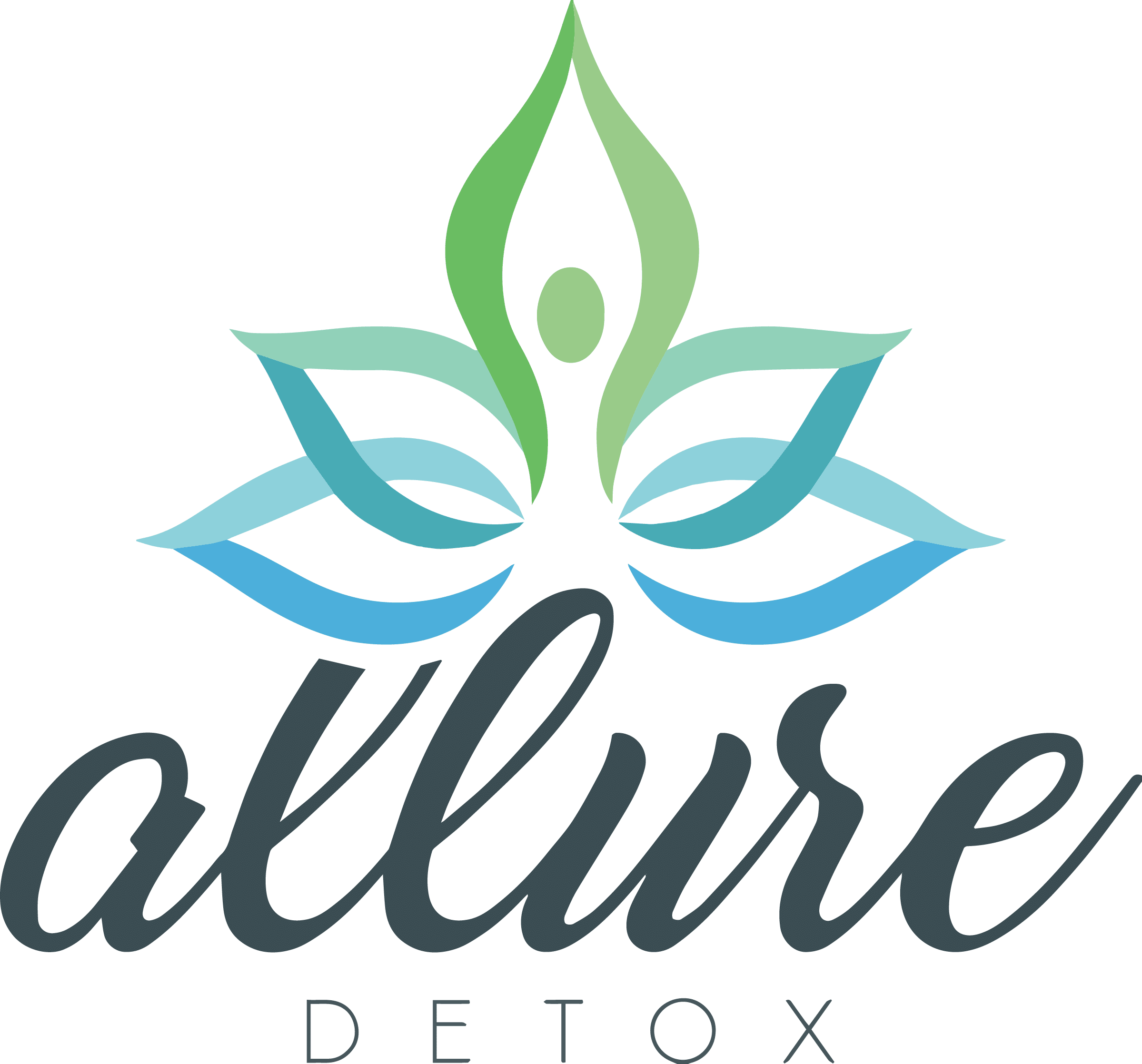Before you choose an appropriate addiction treatment program for you or your family member, remember to “look before you leap.” Knowing everything you can about the different factors that distinguish one treatment program from another is crucial.
Doing this essential step would significantly help you on the path to the addiction recovery process. It will also ensure that your time and money won’t be wasted in the course of your treatment plan.
Table of Contents
- 1 Introduction
- 2 Types of Addiction Treatment Programs
- 3 Components of Effective Addiction Treatment Programs
- 4 How to Choose the Right Addiction Treatment Program for You
- 5 Overcoming Barriers to Entry for Addiction Treatment
- 6 Conclusion
Introduction
What is addiction, and what role does it play in contemporary society? Find out below.

The Prevalence of Addiction and Its Impact on Society
Statistics show that 50% of people aged 12 and above have used illicit substances at least once in their life. Moreover, the US has recorded 700,000 drug overdose deaths in the country since the beginning of the millennium.
In the same year, the federal budget to control drug use was $35 billion. These numbers show that addiction is as prevalent as ever. What’s worse, it doesn’t only affect the suffering individual but also their families, friends, and working environments.
Along with these are numerous other consequences like petty offenses and even the rise of crime. Lastly, addiction subtracts a significant chunk of government resources, negatively impacting the economy.
Importance of Addiction Treatment Programs
Addiction treatment programs are practices designed to help an individual with addiction recovery. The programs are structured and supported by professional experts. They’re crucial for creating tested, effective, and legitimate recovery methods for addiction sufferers.
These treatment options vary depending on factors that can accommodate an individual’s wants, needs, and preferences.

Types of Addiction Treatment Programs
The following are the different types of addiction treatment programs available:
Inpatient Treatment
The inpatient treatment program has one of the highest success rates in addiction treatment. It’s known for its 24/7 medical and emotional support for its patients.
Description and Benefits
Patients reside in a controlled setting from a month to a year or more. While staying, they have a supportive community of fellow patients, counselors, and staff. Moreover, the program gives them a safe, structured environment focused on optimal recovery.
Who Is It Best Suited For?
Due to its intensive and structured nature, the program is best for those undergoing severe addiction. Additionally, those who are going through a relapse, withdrawal symptoms, and even co-occurring mental health conditions like anxiety and depression can benefit from it.
Outpatient Treatment
The outpatient treatment program is less restrictive compared to inpatient treatment. It’s also more affordable.
Description and Benefits
Patients can go home without having to live onsite. Unlike inpatient treatment, they can still spend time with their family, loved ones, and friends. Further, they can immediately assess their progress as they put what they learned into practice in everyday life.
Who Is It Best Suited For?
This program is suitable for those who have a less severe addiction. It can also be a transition program for recent patients who finished inpatient treatment. It’s convenient for those with other responsibilities like work, school, or family.
Residential Treatment
This term is typically used interchangeably with inpatient treatment. Yet, residential treatment differs in the amount of time it admits patients and its more casual setting.
Description and Benefits
The treatment is open-ended because patients can extend their stay if they notice they’re improving slowly. In addition, it’s more home-like and less hospital-like in contrast with inpatient treatment. Therefore, patients can focus on long-term recovery in a therapeutic environment.
Who Is It Best Suited For?
The program is best suited for those who can’t avoid a stressful home and work life like young adults, such as a place of residence where drug use is encouraged.
Its open-ended stay is perfect for those aiming for a lifelong recovery who are diagnosed with co-occurring mental conditions such as PTSD or depression.

Partial Hospitalization Programs (PHP)
A partial hospitalization program lies in the middle of inpatient and outpatient treatment. Accordingly, it costs less than inpatient treatment but more than outpatient treatment.
Description and Benefits
The patient can live outside but receives intensive treatment like an inpatient for about 20 hours per week. One of the program’s notable benefits is its continued support of its patients after the treatment, like aftercare and access to community resources.
Who Is It Best Suited For?
This program fits individuals who want the intensity of inpatient treatment but can’t stay inside the facility. It’s also suitable for patients with moderate addiction symptoms. Lastly, it can work for those who have other responsibilities in the outside world.
Intensive Outpatient Programs (IOP)
An intensive outpatient program is similar to PHPs. However, IOPs aren’t as extensive in their treatment process.
Description and Benefits
In this program, they lessen the level of care to about nine hours per week. Unlike the partial hospitalization program, IOP patients can choose a more flexible schedule. Aside from the more lenient time, it also costs less.
Who Is It Best Suited For?
The treatment is suited for those who want a more flexible schedule than the PHP. Aside from this, it fits those who need to spend less money on treatment. Additionally, it applies to those who just finished a medical detoxification (detox).
12-Step Programs
In 1938, Alcoholics Anonymous created the 12-Step Program. It continues to be used today, not just in alcohol addiction but also with compulsive behaviors, gambling, and drugs. Others use modified or updated versions.
Description and Benefits
In this step-by-step program, patients follow the premise that addiction is healed through cooperation with one another and, more importantly, through surrender to a higher spiritual power.
The program is ubiquitous and the main recommendation for treating different types of addiction.
Who Is It Best Suited For?
The 12-step program is a helpful treatment for substance abuse sufferers and for those who are experiencing other forms of addiction. It can motivate people who are willing to cooperate with a group. Moreover, it’s entirely free, with voluntary contributions.
Holistic Treatment Programs
Holistic treatment programs treat the patient as a “whole person.” These therapies focus on healing the individual’s physical, emotional, and spiritual parts.
Description and Benefits
Holistic therapy is a non-medical treatment method. It usually includes acupuncture, tai chi, yoga, guided meditation, and more. There are several benefits for the patient, like stress reduction, increased self-esteem, better health, and spiritual connection.
Who Is It Best Suited For?
This approach fits well for those who want alternative addiction treatment methods that are non-medical and non-traditional. In holistic therapy, patients can enjoy a fun, unconventional, and more varied approach.

Components of Effective Addiction Treatment Programs
It depends on individual circumstances and the drugs concerned whether a treatment program can appropriately address the patient’s needs.
Nevertheless, an effective addiction treatment program primarily contains at least some of the following:
Evidence-Based Therapies
These therapies are supported by empirical evidence, such as experimental or scientific research. They’re generally accepted as standard addiction treatment practices.
Cognitive-Behavioral Therapy (CBT)
Cognitive-behavioral therapy aims to detect automatic thought patterns that further compel addiction in the individual. Once identified, the therapist helps to challenge and change them to more positive thought patterns.
CBT also helps in co-occurring conditions like anxiety, bipolar disorder, and eating disorders.
Dialectical Behavior Therapy (DBT)
Initially developed for borderline personality disorder, it’s a form of CBT that teaches skills to its patients, like mindfulness, distress tolerance, emotion regulation, and interpersonal effectiveness.
These skills allow individuals to deal with intense emotions and improve their close relationships.
Motivational Interviewing (MI)
Motivational Interviewing aims to motivate the patient to change by overcoming fear of change or ambivalence. It believes motivation to be the primary factor for improving behavior. Thus, the patient and the counselor share a collaborative partnership in addressing the lack of motivation.
Medication-Assisted Treatment
The treatment uses medication, along with counseling and behavioral therapy. The combination of different types of therapies aims to address the “whole patient.” In addition, the medicines help relieve the patient’s withdrawal and cravings.
Group and Individual Counseling
Patients can opt for group therapy or individual counseling led by an accredited counselor. In a group session, the patient can participate with fellow patients and receive support services as they share their struggles. In a one-on-one session, the therapist can focus on the patient’s personal issues.
Family Therapy and Support
This treatment involves the family’s participation. It acknowledges addiction’s impact on the family unit and aims to address it. The family, in turn, can provide support for the patient, as well as join groups for other patients’ families.
Relapse Prevention and Aftercare Planning
After treatment and during recovery, there’s still the possibility that the patient will relapse.
Relapse prevention aims to identify the triggers that may cause the individual to revert to substance use. Additionally, aftercare planning provides a blueprint for ongoing recovery support and stabilization for somebody.

How to Choose the Right Addiction Treatment Program for You
With the number of addiction treatment programs, it’s crucial to consider the following factors when deciding:
Assessing Individual Needs and Preferences
Numerous factors affect the suitability of a treatment program for an individual. Individuals differ in considerations such as the addiction’s severity, the treatment’s approach and schedule, and the program’s location. The patient should consult a specialist for a more informed perspective.
Considering Factors Such as Location, Duration, and Cost
Location, duration, and cost are essential practical considerations that’ll affect the treatment as well as the individual’s recovery if not addressed well.
For the location, patients may choose somewhere convenient for their needs. In the case of duration, the length of time might clash with the patient’s responsibilities outside. And for cost, the chosen treatment program should be affordable.
Researching and Comparing Different Programs
It’s essential to be aware of the different treatment programs before making a final decision. There are plenty of resources available on the internet nowadays. You can also consider asking your friends, colleagues, and acquaintances for additional information.
Seeking Guide From Healthcare Professionals and Support Groups
At the end of the day, health professionals who have undergone technical training remain one of the most trusted sources of information for consulting on the treatment program choice.
On the other hand, support groups have the necessary experience to provide useful information. Therefore, seeking guidance from both might be fruitful.

Overcoming Barriers to Entry for Addiction Treatment
Despite the prevalence of addiction treatment programs, numerous barriers still impede an individual from undergoing necessary treatment:
Addressing Stigma Surrounding Addiction and Treatment
Many conditions are subject to stigma, with addiction being a primary target. In consequence, patients can experience feelings of rejection and internalize the stigma. This will, in turn, make them hesitant to get treatment.
It’s essential to remember that addiction isn’t the individual’s choice and may be affected by factors such as genetics and environment.
Expanding Insurance Coverage and Affordability of Treatment Programs
Many addiction treatment programs aren’t affordable for addiction sufferers. Some policies have been implemented in the US to address the issue, such as the Affordable Care Act (ACA) and the Mental Health Parity and Addiction Equity Act (MHPAEA).
However, most treatment programs still lack the resources to respond to government initiatives adequately.
Increasing Awareness Of and Access to Culturally Sensitive and Specialized Programs
Cultural minorities suffering from addiction face dual stigma and barriers in accessing treatment programs that adequately address their needs. Cultural minorities may include ethnic, racial, religious, sexual, and disabled minorities.
In light of this, programs should encourage practices that recognize the unique challenges of addiction faced by them.

Conclusion
It remains crucial that you sufficiently research all information you can gather about different addiction treatment programs. Choosing the right program and treatment center or treatment facility can be a matter of an individual finally recovering from their condition or suffering from any form of addiction resulting in substance use disorder their whole life.
Remember to make an informed decision. Finally, keep in mind all the factors affecting the treatment mentioned above.
Nobody who has a substance use disorder is left alone. Aside from seeking aid from professionals and authorities, there are always people out there who are more than willing to extend their assistance.
They could be former sufferers, families, friends, colleagues, acquaintances, or just simple kind hearts eager to be of help.
FAQ
What options are available for opioid addiction treatment?
Do you offer mental health treatment as part of your addiction programs?
How does the SAMHSA helpline assist those in need of addiction treatment?



